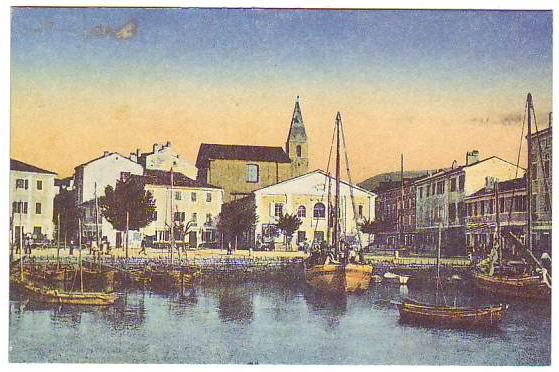
For much of its existence, Izola was a fishing village, but an influential upper class eventually emerged in the town. Members of this class built several impressive buildings, but even today, the late-Baroque Besenghi Degli Ughi stands out with its magnificent architecture.
Just a quick glimpse of the façade reveals that it’s no ordinary building; its outside walls are covered with ornate Rococo stucco and the windows feature intricate metal railings and grilles, while one of the corners features a characteristic Venetian lion that once formed a part of an older building. The interior, meanwhile, is decorated with frescoes and stucco from the 19th century. The art on the first floor is the work of an artist named Antonio Venturini and features both real and imaginary landscapes.
The name Besenghi comes from one of the wealthiest families of Izola. In the late 18th century, the Besenghis decided to build the most luxurious palace the town had ever seen. They brought in a renowned Milanese architect named Filippo Dongetti whose design was in line with the latest fashions of the time. His decision to incorporate intricate decorations resulted in a truly remarkable building.
The palace was built in just six years, unusually fast for the time. The Besenghis maintained an extensive library with several rare manuscripts. About 3000 invaluable documents dating back to the 16th century are still housed in the palace.
Now the home of a music school, the building still catches the attention of passersby and is a popular venue for weddings. As Izola becomes better known as a tourist destination, the palace is becoming a recognizable symbol of a fishing village that became an important coastal town.

































































